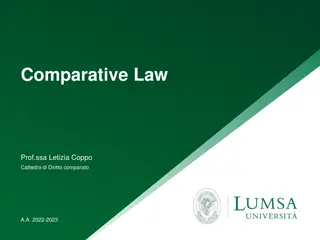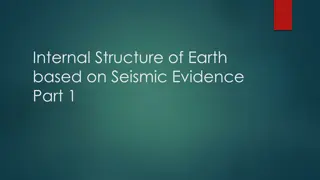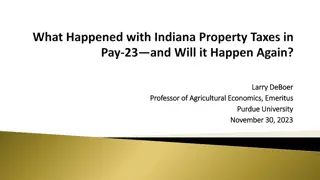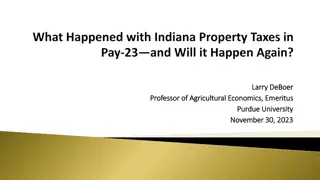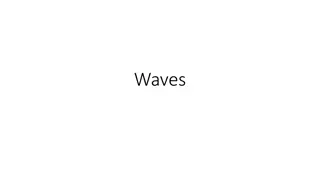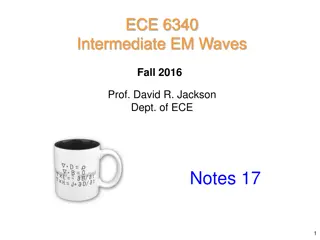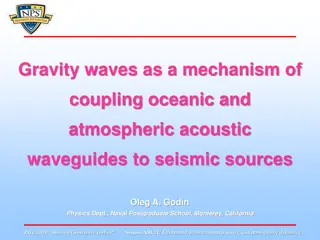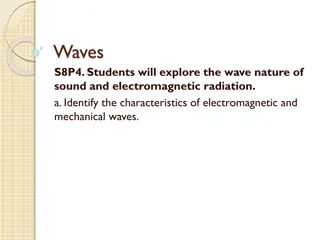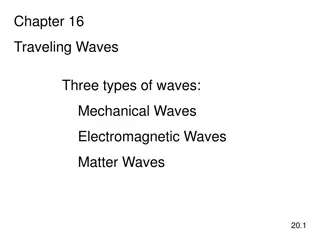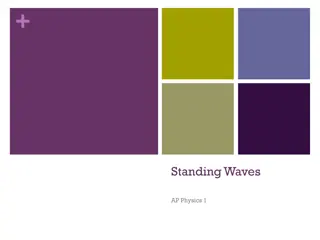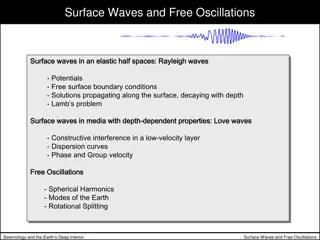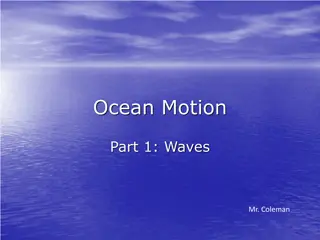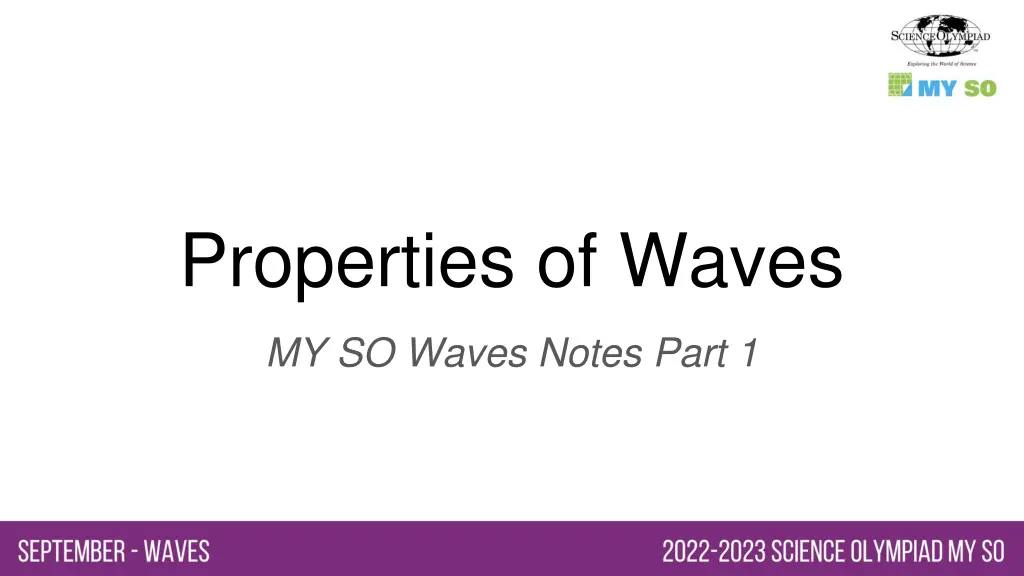
Understanding Waves: Properties, Types, and Characteristics
Explore the fascinating world of waves, from their properties and causes to the different types such as mechanical and electromagnetic waves. Learn about transverse and longitudinal waves, their unique characteristics, and vocabulary. Get a comprehensive overview of how waves transfer energy through different mediums.
Uploaded on | 0 Views
Download Presentation

Please find below an Image/Link to download the presentation.
The content on the website is provided AS IS for your information and personal use only. It may not be sold, licensed, or shared on other websites without obtaining consent from the author. If you encounter any issues during the download, it is possible that the publisher has removed the file from their server.
You are allowed to download the files provided on this website for personal or commercial use, subject to the condition that they are used lawfully. All files are the property of their respective owners.
The content on the website is provided AS IS for your information and personal use only. It may not be sold, licensed, or shared on other websites without obtaining consent from the author.
E N D
Presentation Transcript
Properties of Waves MY SO Waves Notes Part 1
Waves A disturbance that transfers energy from place to place Remember that energy is the ability to do work. Example: The energy carried by a wave can lift a large ship
What causes eaves Waves are generated when a source of energy forces the matter in a medium (solid, liquid, or gas) to vibrate. Vibration - A repeated back-and-forth or up-and-down motion
Mechanical Waves Mechanical waves only travel through a medium Examples: Ocean waves travel through water (liquid) Sound waves travel through air (gas) A wave can travel along a rope (solid)
Electromagnetic Waves Some waves can travel through empty space such as X-rays Visible light Microwaves Radio UV - ultra violet
Two Types of Mechanical Waves Waves are classified according to how they travel through a medium Transverse Waves (A) Longitudinal Waves (B)
Transverse Waves Waves that move through the medium at right angles to the direction the waves are traveling. Transverse means across As a transverse wave moves in one direction, the particles of the medium move perpendicular to the direction of the wave, or across it.
Transverse Wave Vocabulary Crest - when the displacement of the medium is at a maximum Trough - when the displacement of the medium is at a minimum Rest position - where the medium shows no disturbance Amplitude - The vertical distance between a peak or a valley and the resting position in a transverse wave. Wavelength - the distance between two corresponding parts of a wave Crest to crest or trough to trough
Longitudinal Waves The medium moves parallel to the direction the waves are traveling. The medium moves back-and-forth in the same direction the wave travels.
Longitudinal Wave Vocabulary Compression - Particles are close together Rarefaction - Particles are spread out Amplitude - A measure of how compressed or rarefied the medium becomes in a longitudinal wave Wavelength - The distance between two corresponding parts of a wave Distance from one compression to the next
Frequency The number of complete waves (wavelengths) that pass at a given point in a certain amount of time Number of vibrations per second Measured in units called hertz (HZ0 1 vibration per second = 1 HZ
Speed How far the wave travels in a unit of time, or distance divided by time The speed, wavelength, and frequency of a wave are related to each other by mathematical formulas. Unit for speed is meters per second, or m/s

